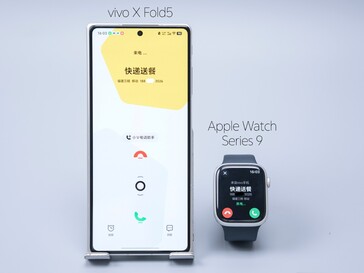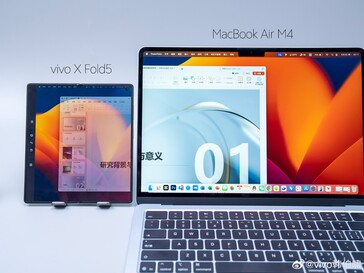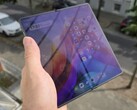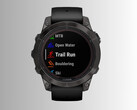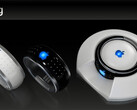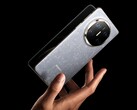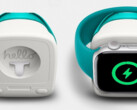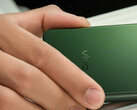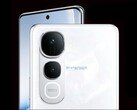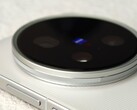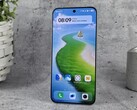Initial leaks about the Vivo X Fold 3 successor talked about rather unspectacular new features, such as the purported recycling of the Snapdragon 8 Gen 3, which suggested that a rather minor upgrade was on the cards this year. Recently, however, the tide has turned somewhat, as teasers from product manager Han Bo Xiao have hinted at decent and practical everday improvements to the Vivo X Fold 5. These include teasers regarding improved dust and water resistance, and weight reduction.
Earlier today, Han Bo Xiao provided further news about the Vivo foldable upgrade, which will compete against the Samsung Galaxy Z Fold7 in July. In doing so, Vivo is likely attempting to attract users of Apple hardware in China, as some recent Weibo posts suggest. Specifically, Vivo promises not only better iCloud integration and optimized collaboration with iPhones such as the iPhone 16 Pro Max, but also a successful partnership with the Apple Watch, which is a first in the Android world.
In detail, users will not only be able to receive calls and messages from their Vivo foldables on the Apple Watch, but will also be able to sync health data from the Apple Watch with the Vivo Health app. iPhone users will also be able to answer incoming calls and messages on the iPhone with the Vivo X Fold 5, even without a SIM card in the foldable device. Both devices will share the flow of information as though they were a single device. iCloud will also be more closely integrated and synchronized, for example, in regard to photos and memos. Last but not least, the 8-inch foldable display can be used as an iPad extension for a MacBook display.
Certain display specs now official
The busy Vivo manager has also posted some specs regarding the Vivo X Fold 5's display. A sneak peek at the spec sheet suggests the brightest foldable display yet compared to competing devices from Samsung, Oppo, Honor or Google, although the predecessor model also boasted a peak brightness of 4,500 nits. A new feature is the dynamic LTPO AMOLED cover display on the outside. High-frequency PWM dimming is also mentioned.





